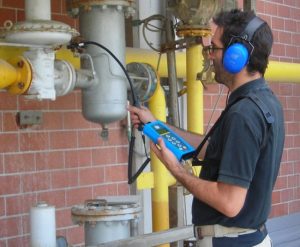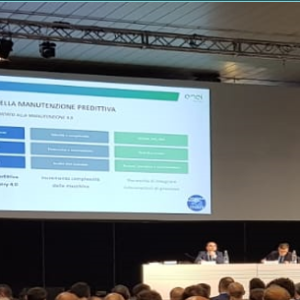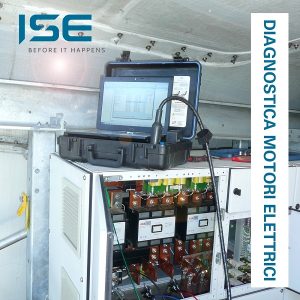The maintenance audit is the main tool for defining a maintenance management improvement programme. By maintenance audit we mean the process of verifying the performance of […]
In an industrial plant, decreasing the probability of failure of any component of the production chain as much as possible is of considerable importance. The malfunction […]
Diagnostic systems for electric motors are the complex of electrical, static and dynamic measurements, used for monitoring the health of an electric motor, for detecting any […]





